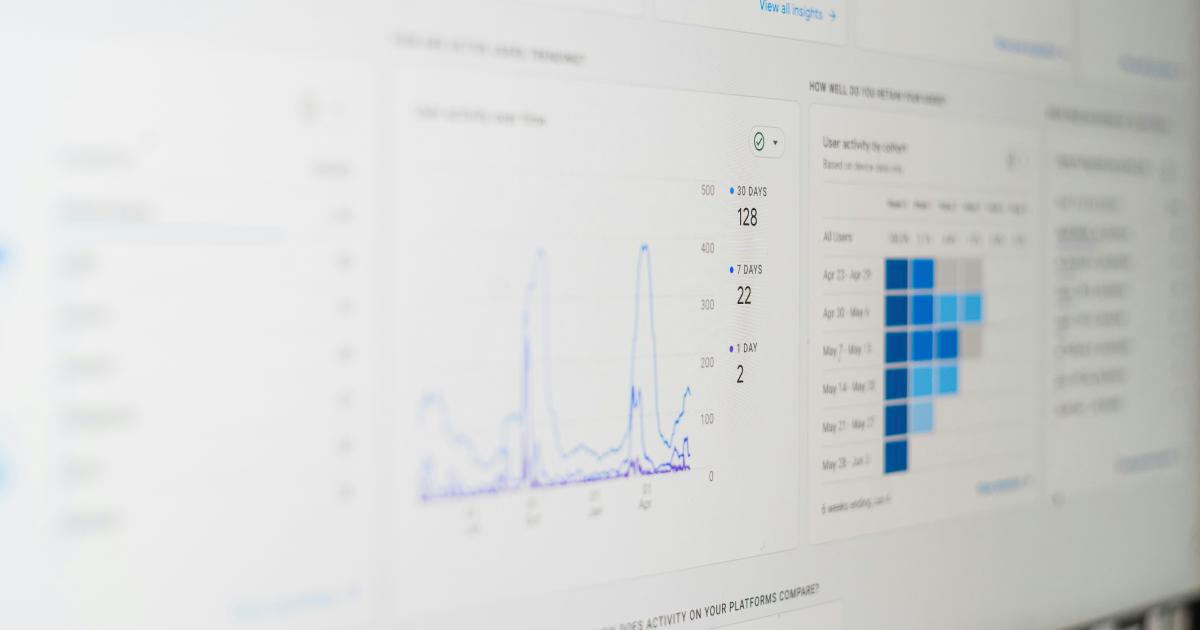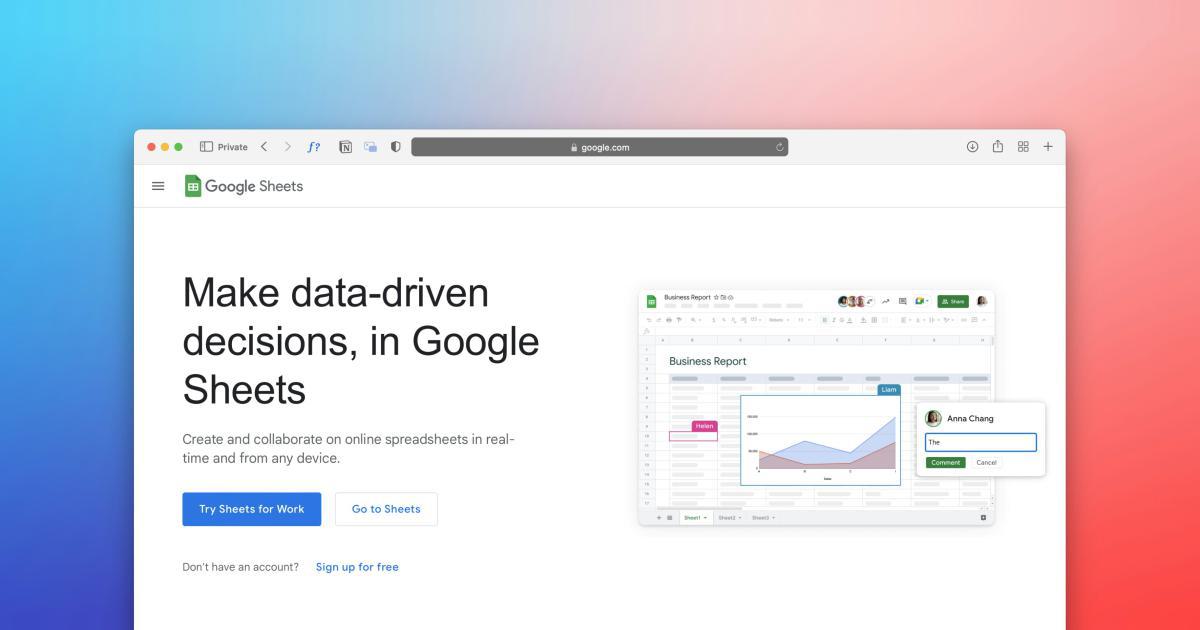How to Set Up Attribution Modeling in Google Analytics


Navigating the complexities of attribution modeling in Google Analytics can be a daunting task, but with the right approach, it can unlock powerful insights to optimize your marketing strategies. In this comprehensive guide, we'll explore the ins and outs of setting up attribution modeling in Google Analytics, empowering you to make data-driven decisions that drive measurable results.
Understanding Attribution Modeling
Attribution modeling is the process of determining how credit for sales and conversions should be assigned to touchpoints in the customer journey. In the digital landscape, a single conversion or sale can be influenced by multiple marketing channels, advertisements, and interactions. Attribution modeling helps you understand the true impact of each touchpoint, allowing you to allocate your marketing resources more effectively.
The Importance of Attribution Modeling
Accurate attribution modeling is crucial for several reasons:
Optimize Marketing Spend: By understanding the true impact of each marketing channel, you can make informed decisions about where to allocate your budget for maximum return on investment (ROI).
Improve Campaign Strategies: Attribution modeling provides insights into the customer journey, enabling you to refine your campaign strategies and messaging to better resonate with your target audience.
Enhance Customer Experience: With a deeper understanding of the customer journey, you can create a more seamless and personalized experience, leading to increased customer satisfaction and loyalty.
Measure Marketing Effectiveness: Attribution modeling allows you to measure the effectiveness of your marketing efforts, empowering you to make data-driven adjustments and drive continuous improvement.
Types of Attribution Models
Google Analytics offers several attribution models to choose from, each with its own strengths and weaknesses. The most common models include:
Last Click: This model assigns 100% of the credit to the last touchpoint before the conversion.
First Click: This model assigns 100% of the credit to the first touchpoint in the customer journey.
Linear: This model distributes the credit evenly across all touchpoints in the customer journey.
Time Decay: This model assigns more credit to touchpoints that occurred closer to the conversion.
Position Based: This model assigns 40% of the credit to the first and last touchpoints, with the remaining 20% distributed evenly across the intermediate touchpoints.
The choice of attribution model will depend on your specific business goals and the nuances of your customer journey. It's often recommended to experiment with different models and compare the results to determine the most suitable approach for your organization.
Setting Up Attribution Modeling in Google Analytics
Now that we've covered the basics of attribution modeling, let's dive into the step-by-step process of setting it up in Google Analytics.
Step 1: Enabling Attribution Reporting
Log in to your Google Analytics account and navigate to the "Admin" section.
In the "Property" column, click on "Attribution".
Click on the "Attribution Settings" tab.
Enable the "Attribution Reporting" feature by toggling the switch to the "On" position.

Step 2: Selecting an Attribution Model
In the "Attribution Settings" tab, scroll down to the "Model Settings" section.
Choose the attribution model that best aligns with your business objectives from the available options (Last Click, First Click, Linear, Time Decay, or Position Based).
If desired, you can create custom attribution models by clicking on the "Add New Model" button.

Step 3: Configuring Model Settings
Depending on the attribution model you've selected, you may need to configure additional settings. For example, the Time Decay model allows you to adjust the half-life (the time it takes for a touchpoint's influence to decrease by 50%).
Carefully review the settings and make any necessary adjustments to ensure the model accurately reflects your business's needs.

Step 4: Analyzing Attribution Reports
Navigate to the "Reports" section of Google Analytics and locate the "Attribution" reports.
Explore the different attribution reports, such as the "Model Comparison" report, which allows you to compare the performance of various attribution models side-by-side.
Dive into the "Path Length" and "Top Conversion Paths" reports to gain deeper insights into the customer journey and identify the most influential touchpoints.

Step 5: Optimizing Your Marketing Strategy
Analyze the attribution data to identify the most effective marketing channels and touchpoints in the customer journey.
Allocate your marketing budget and resources accordingly, shifting focus to the channels and strategies that drive the highest ROI.
Continuously monitor and refine your attribution model and marketing approach based on the insights gained from the reports.

Advanced Attribution Modeling Techniques
While the built-in attribution models in Google Analytics provide a solid foundation, you may want to explore advanced techniques to further enhance your attribution modeling efforts.
Custom Channel Groupings
By creating custom channel groupings, you can gain more granular insights into the performance of specific marketing channels or campaigns. This can be particularly useful if your business utilizes a diverse range of digital marketing tactics.

Data-Driven Attribution (DDA)
Google Analytics' Data-Driven Attribution (DDA) model uses machine learning algorithms to automatically assign credit based on the unique characteristics of your customer journey data. This advanced technique can provide more accurate and nuanced insights compared to the standard attribution models.

Cross-Device Attribution
As users interact with your business across multiple devices, it's important to understand the contributions of each device to the overall customer journey. Google Analytics' cross-device reporting and attribution capabilities can help you gain a more comprehensive view of the customer journey.

Integrating with Google Ads
By linking your Google Analytics and Google Ads accounts, you can leverage the attribution insights from Google Analytics to inform and optimize your paid advertising strategies. This integration allows you to make more informed decisions about your ad campaigns and budget allocation.

Best Practices for Attribution Modeling
To ensure the success of your attribution modeling efforts, consider the following best practices:
Define Clear Goals: Clearly articulate your business objectives and how attribution modeling can support them. This will help you select the most appropriate attribution model and reporting.
Evaluate Data Quality: Ensure that your Google Analytics data is accurate, complete, and consistent. Address any data collection or tracking issues before relying on the attribution insights.
Test and Iterate: Experiment with different attribution models and compare the results. Regularly review and refine your approach based on the insights you gain.
Integrate with Other Data Sources: Combine attribution data from Google Analytics with other relevant data sources, such as customer relationship management (CRM) systems or ad platforms, to gain a more holistic understanding of the customer journey.
Communicate Insights Effectively: Present your attribution findings in a clear and compelling way to stakeholders. Highlight the actionable insights and their impact on business decisions.
Continuously Monitor and Optimize: Regularly review your attribution modeling setup and make adjustments as needed. Stay up-to-date with the latest Google Analytics features and best practices.
By following these best practices, you'll be well on your way to unlocking the true power of attribution modeling in Google Analytics and driving meaningful business outcomes.